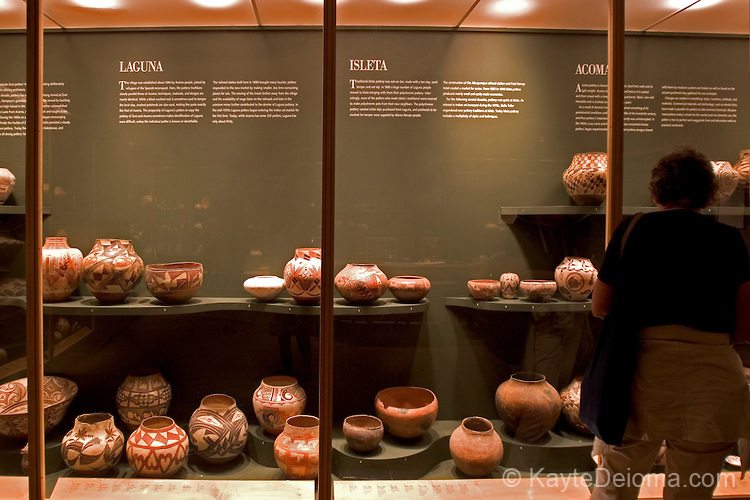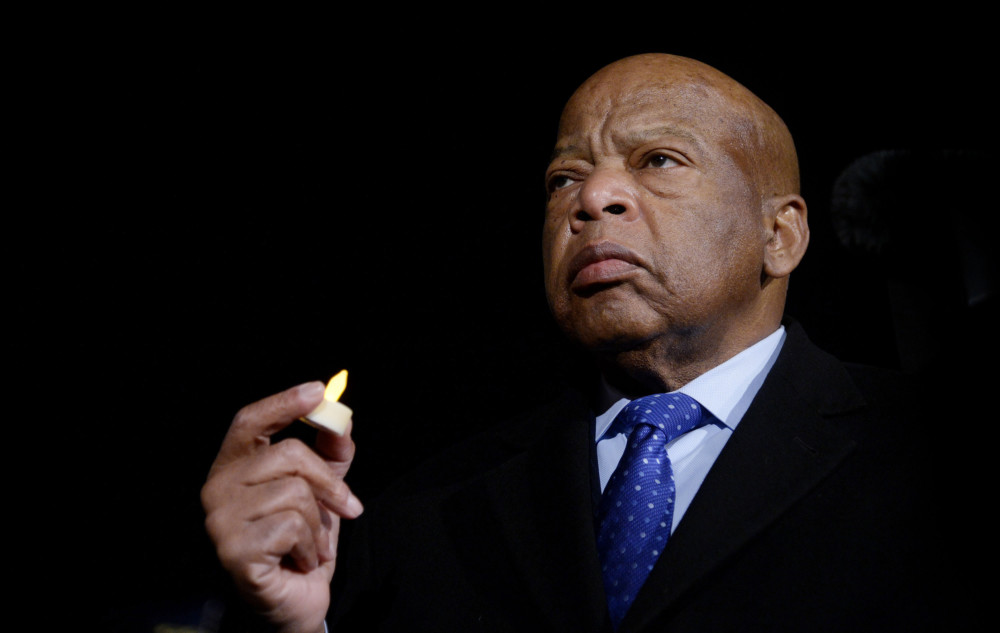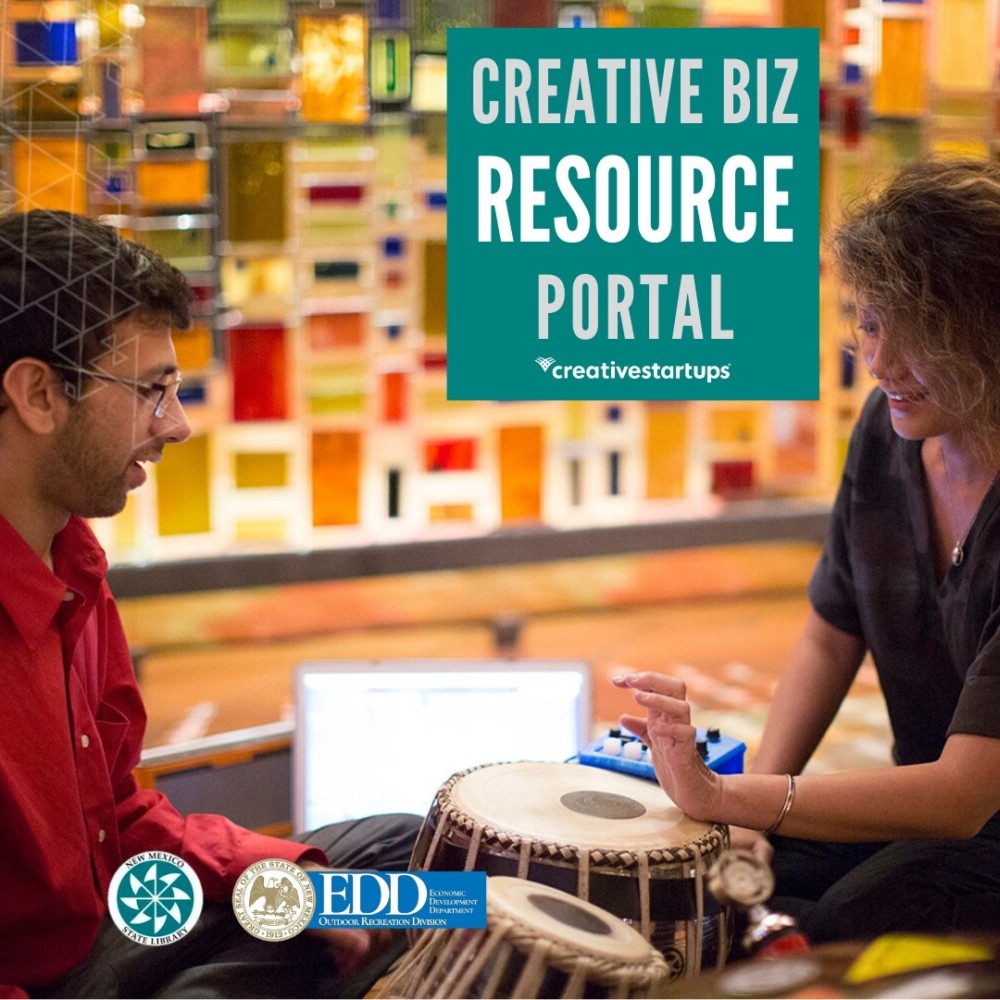By Robert Nott
The Santa Fe New Mexican.
When Jane Buchsbaum was a little girl growing up in New Orleans, she would come home from school every day to be greeted by the same question from her parents and grandmother: “How did you do?”
It was never, “Did you have a good day today?” or “How was your day?” It was always, “How did you do?”
That question framed Buchsbaum’s life choices. “Doing was very important. I was always doing,” the 78-year-old Santa Fean said in a recent interview.
And since moving to Santa Fe with her husband, Bill Buchsbaum, in 1992, she has been doing — a lot. She helped start the annual Native Treasures Indian Arts Festival, which raises money for the Museum of Indian Arts & Culture, and she still volunteers as a docent at the museum. She has served on a variety of boards, including Aspen Santa Fe Ballet, the Museum of New Mexico Foundation and the New Mexico State Committee of the National Museum of Women in the Arts.
In the mid-1990s, she and her husband also built the Buchsbaum Gallery of Southwestern Pottery in the Museum of Indian Arts & Culture. There, visitors can find an array of Pueblo works ranging from a Hopi seed jar from the 1920s, to an Acoma plate from the early 1960s, to an ancestral Puebloan pitcher dating back to sometime between A.D. 900 and 1050.
Jane Buchsbaum’s community work in Santa Fe, including her support and championship of Native American artists, earned her a nod as one of The New Mexican’s 10 Who Made a Difference this year.
“It’s very touching,” Buchsbaum said in an interview in her home. “I’ve read all those [10 Who Made a Difference] stories for years, and I didn’t expect to earn something like that here.”
Buchsbaum, who was born Jane Kessler in the summer of 1937, was a single child of a Jewish stockbroker and a dress-shop owner.
Though anti-Semitism was prevalent at the time, particularly in the Southern states, she said she did not encounter it firsthand until about 1959, when she heard a female manager of an architect and engineering services company in Manhattan say of a woman who had just interviewed for a job: “I’d love to hire that gal, but I can’t because she’s Jewish.”
Buchsbaum quit her job there the next day.
Her entry into the world of the civil rights movement happened almost by coincidence. As members of the Council of Jewish Women, she and a friend attended a meeting of the U.S. Commission on Civil Rights in Dallas shortly after the assassination of President John F. Kennedy. By her estimate, some 600 of the delegates were African-American.
“Suddenly there were hugs upon hugs wherever we walked in the hotel with comments about Jews and blacks working together for what was right and just, and all about a partnership of caring,” Buchsbaum recalled. “At first I was puzzled. How did anyone know I was Jewish?”
Then she remembered that she and her friend were sporting badges that identified them as members of the Council of Jewish Women. “So it all came together at that time. I could wear a ‘Jewish’ badge proudly and was appreciated for my long-held beliefs,” she said.
From then on, she worked into the early 1990s on behalf of the civil rights movement for African-Americans and Jews, including a stint serving as executive director of the Jewish Federation of Greater New Orleans.
Among her proudest achievements is her role in a concentrated effort in Louisiana to stop white supremacist David Duke from gaining traction in his various efforts to land a political leadership role at both the state and national levels.
To some degree, her interests today are tied to her childhood dreams of being an artist. She studied both sociology and art history at Smith College. But after taking a few art classes, she realized her mistake: “I do great doodles. That’s it,” she said.
But she began collecting art at that time, including an original vase made and signed by Picasso.
She has her own personal collection of more than 300 miniature Native American clay works in her Santa Fe home but said she never set out to be a collector. “We bought a pot to put on our table,” she said. “Then we bought another one. And a third. And suddenly we were collecting pots.”
“Jane’s impact on Native Treasures cannot be overstated,” said Ardith Eicher, the co-chairwoman of the Native Treasures Indian Arts Festival in her letter nominating Buchsbaum to be one of this year’s 10 Who Made a Difference. “It was because Jane was involved that this little startup had credibility with both the artists and the collectors. Without her hard work, we would not have had the traction to get this off the ground.
“She genuinely loves Native American art and the artists. She appreciates the deeper tradition and meaning that this art represents. She understands its cultural uniqueness to both Santa Fe and Northern New Mexico,” Eicher added.
Buchsbaum and her husband have three children and six grandchildren and a dog named Beau.
“I have been very involved here,” she said. “But I never thought to be honored by it. I never thought anybody would even notice it.”

















































































































































































































































































































































































